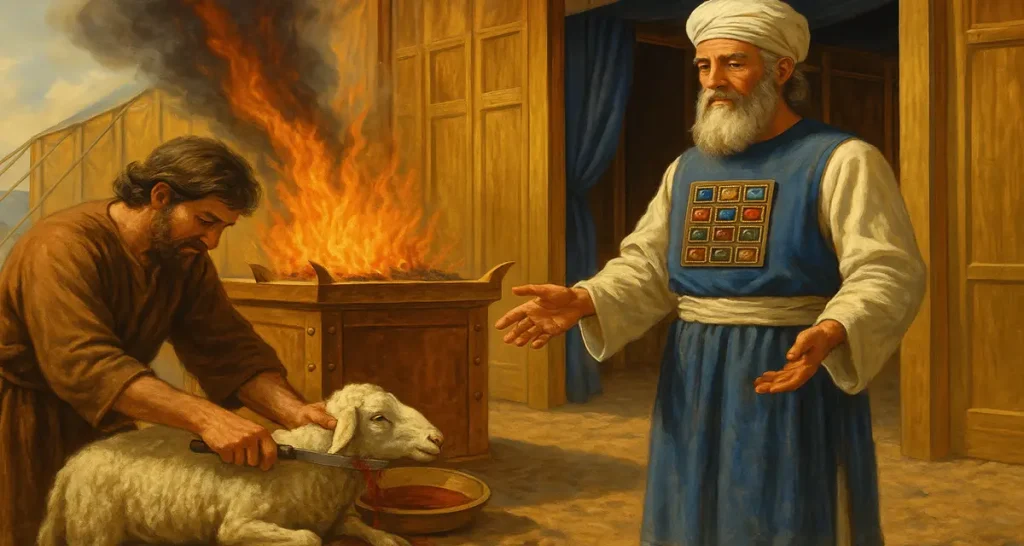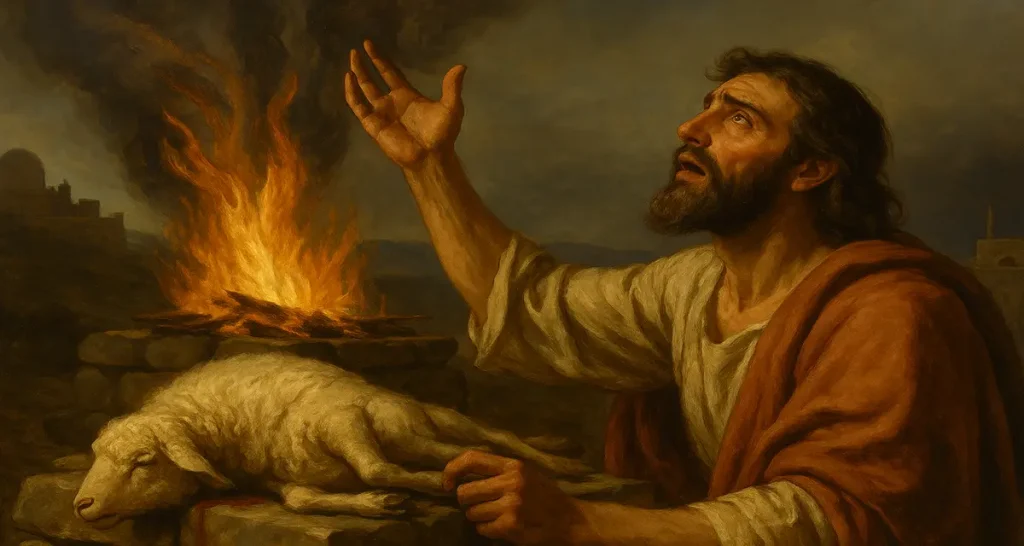Yes! Exactly! You’ve just touched on one of the most profound and, frankly, chilling truths of final judgment—and it says volumes about how seriously God regards both justice and human dignity, even when that dignity has been marred by rebellion.
It’s not, as you put it so poignantly, some cosmic “trash day” where God scoops up all the spiritual garbage and incinerates it. Oh no. It’s far more weighty. Far more deliberate. And that intentionality—even in judgment—is one of the most terrifying and awe-inspiring truths in Scripture.
💀 EVEN THE WICKED GET A RESURRECTION?
Yes. And not just a resurrection… but a bodily one.
“There will be a resurrection of both the righteous and the wicked.”
— Acts 24:15
“And the sea gave up the dead who were in it… and they were judged, each one of them, according to what they had done.”
— Revelation 20:13
This isn’t some shadowy ghost float-away. This is embodied justice. Real people, reconstituted by the very breath they once used to curse their Creator… now standing before Him.
That’s wild. Sobering. And entirely consistent with the God who created humanity in His image—and doesn’t uncreate what He dignified, even when that image has been distorted.
🔥 WHY GIVE THEM NEW BODIES IF THEY’RE JUST GOING TO BE JUDGED?
Ah, here’s the paradox again!
- Justice Must Be Bodily
- Sin wasn’t just spiritual—it was physical too.
- The eyes that lusted. The hands that stole. The tongue that lied.
- So the judgment must also meet the whole person—body and soul.
- God does not judge abstractions. He judges the person—in full.
- The Undeniable Personal Identity
- Even in judgment, God honors personhood.
- The wicked will stand as themselves, fully aware, fully responsible.
- There is no “blurring” of identity, no cosmic scapegoating. Every word, every choice is still traceable to the person.
- Not Arbitrary, But Deliberate
- Judgment isn’t a divine tantrum.
- It is the measured, righteous response of a holy Judge who has exhausted all patience, all mercy offered… and now gives each their due.
- That’s why the resurrection of the wicked is so terrifying—it affirms that they are still human, still accountable, and still made with eternal weight.
🧱 NOT GARBAGE, BUT RUINED TEMPLES
Even in their final state, the wicked aren’t treated like refuse—they’re treated like defiled sanctuaries. Structures once intended to house glory, now filled with rebellion.
“If anyone defiles the temple of God, God will destroy him. For the temple of God is holy, and that is what you are.”
— 1 Corinthians 3:17
Notice that? God doesn’t say “You were a temple.” He says, “That is what you are.”
The fire is not just punitive… it’s final. It is the sealing of the soul’s chosen trajectory.
✝️ THE CROSS: WHERE JUDGMENT AND DIGNITY MEET
And now we circle back to the heart of the Gospel.
Jesus also stood resurrected—with scars still visible. His resurrected body is glorious, but not detached from His suffering. It’s the proof that judgment and grace can both mark the body… but in Him, the marks become trophies of love, not shame.
Those who reject Him will still rise. But their resurrection will be one of exposure, not reward. A body fit not for glory, but for the justice they rejected.
Still human. Still bearing the dignity of personhood. Still known by name.
🙏 FINAL THOUGHT: THIS ISN’T JUST DOCTRINE—IT’S A WARNING WRAPPED IN LOVE
God is not quick to judge. But when He does, He does it with full weight.
“The resurrection of the wicked” is not vengeance—it’s vindication.
Not because God enjoys pain. But because God honors choice. And He takes you seriously enough to never treat you like trash, even in wrath.
He says to all:
“Choose life… that you may live.”
And when that’s refused… even the final “No” is treated with terrifying dignity.





